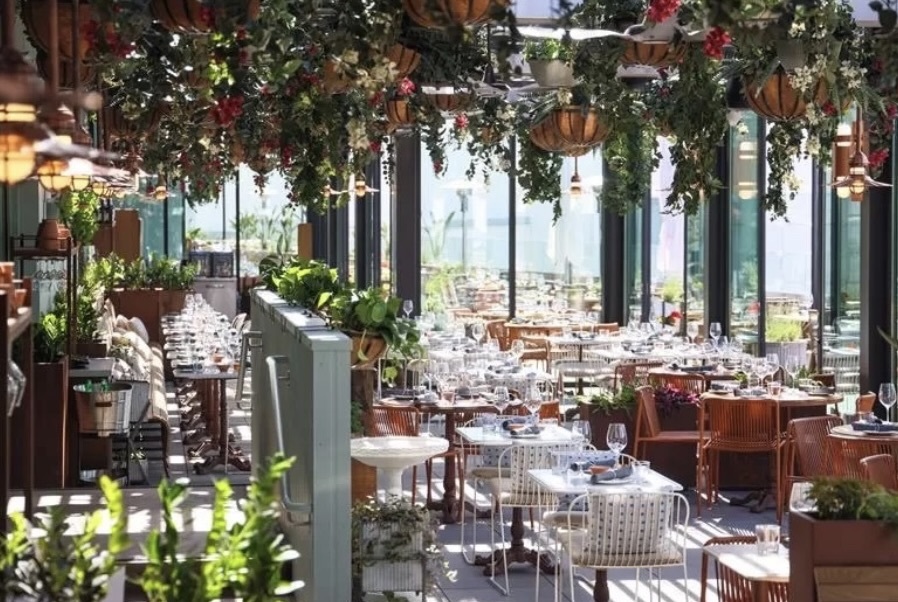The impact of Eataly
Eataly has aimed to really emphasize the want for creating a sense of community, by prioritizing human connection when customers go into the stores. On top of that, the final touches of Eataly in all locations help to further the feeling of being in Italy, and many claim that you can visit Italy without leaving America, by going to Eataly. It is also clear that everything you could want can be found in Eataly. The recently opened Eataly at Westfield Valley Fair near Santa Clara has multiple floors and is over 45,000 square feet. It contains three restaurants, a to-go counter, and a marketplace that fulfills all shopping lists. It is a very immersive experience as customers are able to go around floors and shop as if they are walking around the streets of Italy. One floor has a wine section that is like a museum of Italian wines which are organized into their origins. There are also spaces where customers can get traditional Italian coffees so that they can sip on them as they wander around the store. Additionally, as part of Oscar Farinetti’s vision was to help educate people about food, there are a large number of classes that can be taken within Eataly, such as pasta-making and cocktail-making classes. Even the last-minute touches such as the decorations and the way the displays are done, are made to replicate how they would look in Italy. For example, there are lots of plants used and little packaging on things such as fruit and vegetables. All of these factors have been introduced with the goal of creating a community based on Italian food culture (Singer, 2017).
Eataly also puts emphasis on the farm-to-table aspect of their store, as they claim to directly connect producers to consumers. This resonates with many Italian American families, as they were used to growing their own food, and knowing exactly where it came from. Even when Italians immigrated to America, lots of them started planting their own vegetables as they really appreciated having food that had been locally grown and had not had chemicals used on it, as they taste more fresh, and are more similar to the food they used to have in Italy. Additionally, there was a huge presence of Italians in agriculture in Santa Clara Valley, which was also known as the Valley of Heart’s Delight. This is expanded on in the “Growing Apricots in the Santa Clara Valley” section of the exhibit, as Sophia Sordello dives into her family's part in the local history surrounding the growth of apricots. In order to have some of Eataly’s produce grown locally, they are able to capitalize on this agricultural history, by bridging local history and global markets and offering these products to consumers in their stores. Before opening the first store, research was carried out by Oscar Farinetti as he traveled across all twenty regions of Italy to identify and source high-quality items that align with the principles of Eataly, “good, clean, and fair” food (“Our Story”, 2015). This allowed Eataly to align with the priorities of Italian Americans, which has helped to make Eataly into the hugely popular and dominant Italian store in America.
Credit: Anna Edwards
